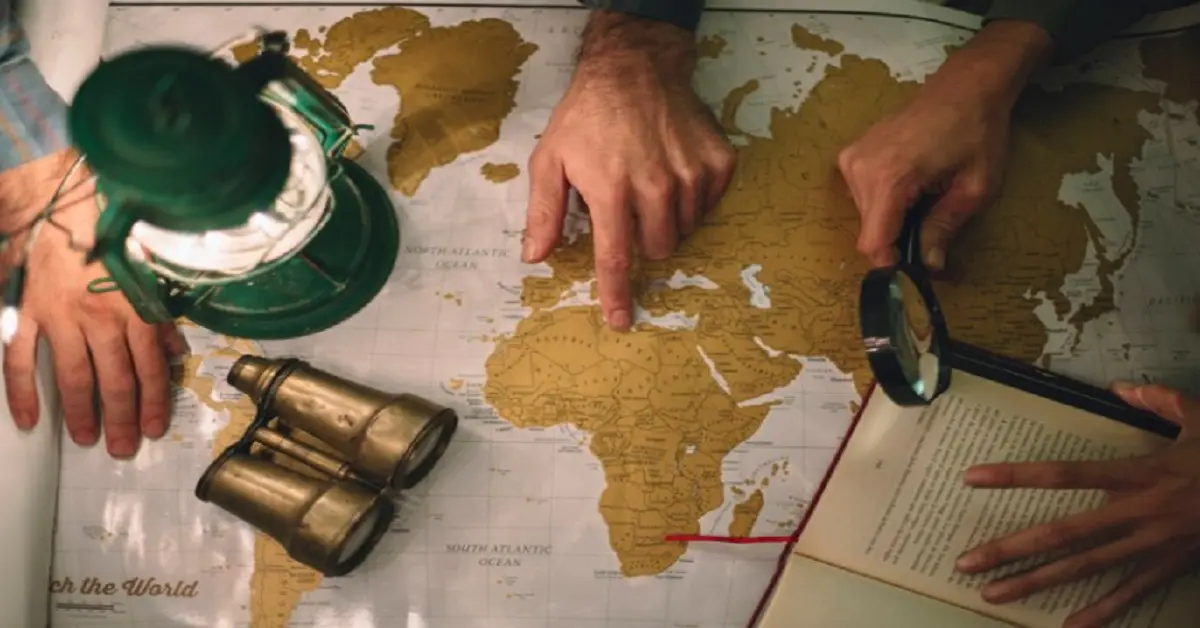Introduction to the World Map
labeled:ahhq7gxmbow= world map .The world map is more than just a tool to show where different countries and continents are located. It’s a gateway to understanding our planet, a way to see the connections between places, and a tool that has shaped human exploration and history. But why do we need maps, and how have they evolved over time? Let’s take a closer look.
What is a World Map?
A world map is a representation of Earth’s surface, depicting geographical features, political boundaries, and other key information. Maps come in many forms, from simple sketches to detailed digital designs, and they serve various purposes.
- Types of Maps: You’ll find political maps that highlight borders between nations, physical maps that showcase terrain, and thematic maps that focus on specific data like climate or population.
The Evolution of Maps Through History
The art of mapmaking, or cartography, has a long and storied history. Ancient civilizations created rudimentary maps to navigate their surroundings, and as humans explored further, their maps became more sophisticated.
- Ancient Maps: Early maps were often based on myths and limited knowledge of the world. The Babylonians, Egyptians, and Greeks made some of the earliest known maps.
- Medieval Maps: In the Middle Ages, maps were influenced by religious views, with Jerusalem often at the center. These maps were more artistic than accurate.
- Modern Cartography: Today’s maps are the result of advanced technology, including satellite imagery and computer algorithms that allow for precise measurements. labeled:ahhq7gxmbow= world map
Key Features of a World Map
When you look at a world map, several key features stand out:
- Continents and Oceans: The map displays the seven continents and five oceans, showing their relative sizes and positions.
- Latitude and Longitude: These grid lines help pinpoint specific locations on Earth.
- Time Zones: World maps can also indicate different time zones, essential for global travel and communication.
Types of World Maps
Each type of map serves a specific purpose:
- Political Maps: Highlight borders, cities, and political boundaries.
- Physical Maps: Show natural features like mountains, rivers, and lakes.
- Thematic Maps: Focus on a particular theme, such as climate or population density.
- Climate Maps: Display information on weather patterns and climate zones.
Understanding Map Projections
Since Earth is a sphere, representing it on a flat surface creates distortions. Different projections address this challenge in various ways:
- Mercator Projection: Ideal for navigation but distorts the size of landmasses near the poles.
- Robinson Projection: Strikes a balance between size and shape, providing a more accurate visual of the world.
- Conic Projection: Used for smaller, more specific areas, often in aeronautical charts.
The Importance of Accuracy in Maps
Accurate maps are crucial for navigation, planning, and education. Inaccurate maps can lead to misunderstandings or even dangerous situations, especially for sailors and pilots.
- Modern Technologies: GPS, satellite imaging, and digital mapping software have dramatically improved the accuracy of maps.
Digital vs. Physical Maps
While digital maps on smartphones are incredibly convenient, physical maps still hold value:
- Digital Maps: Easy to update, interactive, and feature-rich.
- Physical Maps: No need for batteries, ideal for certain educational and practical uses like hiking.
How to Read a World Map
Understanding how to read a map is an essential skill. Here are some tips:
- Scale: Shows the relationship between a unit of measurement on the map and the actual distance on the ground.
- Symbols and Legends: Explain what different symbols on the map mean, from roads to elevation markers.
- Navigation Tips: Using a compass, reading coordinates, and understanding map orientation can help you find your way.
The Role of Maps in Education
Maps are fundamental tools in classrooms, teaching students about geography, history, and the environment. They help develop spatial awareness and a better understanding of global issues.
Famous Maps in History
Several iconic maps have changed the way we view the world:
- Ptolemy’s Map: An ancient map that influenced explorers for centuries.
- The Hereford Mappa Mundi: A medieval map with a blend of geographical and mythological elements.
- Waldseemüller’s Map: The first map to label the New World as “America.”
The Future of World Mapping
With technology advancing rapidly, the future of maps looks bright. Satellite technology, drones, and AI are making maps more detailed and useful than ever before.
Interesting Facts About World Maps
- The largest map ever created is over 130 meters long!
- Some map projections make Greenland look as big as Africa, even though it’s much smaller.
- Certain maps are designed to highlight specific information, such as shipping routes or tectonic plate boundaries.
Why You Should Study World Maps
Learning to read and understand maps enriches our understanding of the world. It enhances travel experiences, helps with navigation, and broadens our global perspective.
Conclusion
labeled:ahhq7gxmbow= world map .World maps are indispensable tools that have shaped the way we see our planet. From ancient scrolls to interactive apps, they continue to evolve, providing us with better ways to understand and navigate the world around us. So next time you look at a map, take a moment to appreciate the art and science behind it.
Read More: bigboxratio.org
